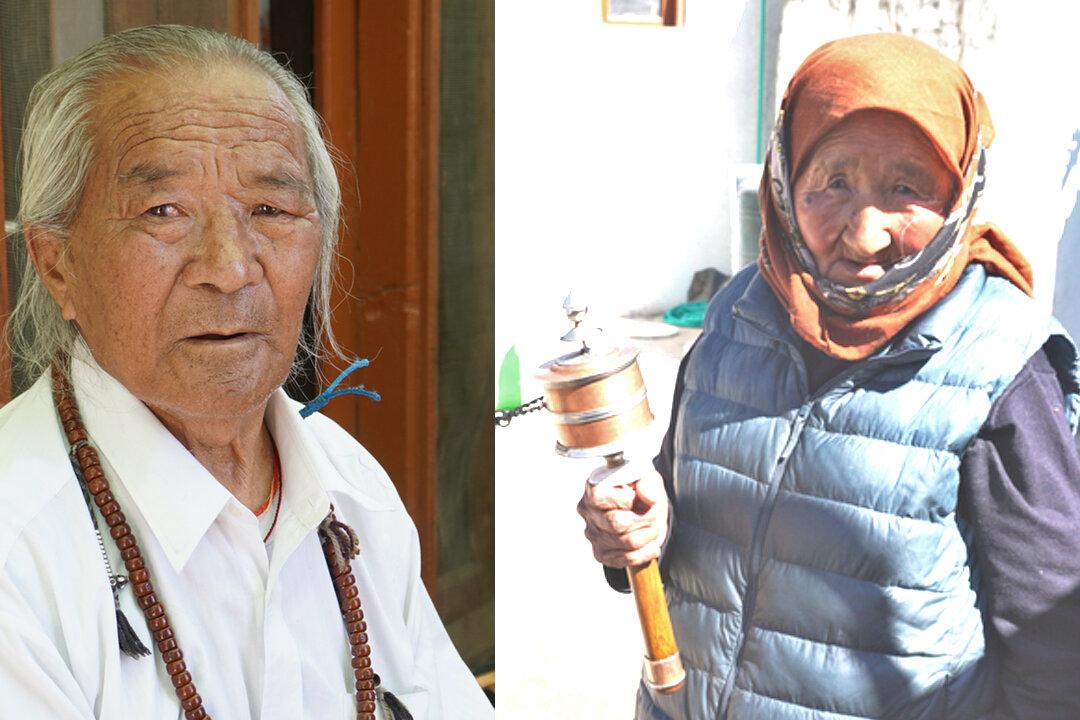LEH, India—The United States recently took an unprecedented step in calling attention to human rights in Tibet.
In the first meeting between Tibet’s exiled government and the U.S. State Department, the State Department’s recently appointed special coordinator for Tibetan issues, Robert Destro, met for formal talks on Oct. 15 in Washington with Tibet’s president-in-exile, Lobsang Sangay, to address the “dire human rights issues” suffered by Tibetans at the hands of the Chinese regime.





